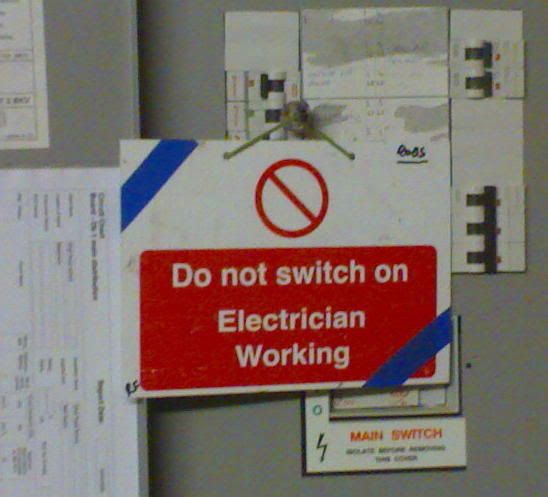- Joined
- 13 Dec 2006
- Messages
- 2
- Reaction score
- 0
- Country

I currently have a 3kw single oven that needs hardwiring onto a cooker control unit / DP switch. Unfortunately, although I have a separate radial circuit dedicated to the oven (and gas hob ignition) it only has a 13A standard double plug socket, WHICH IS LOCATED BEHIND THE OVEN CABINET!
The manual for the oven recommends that the unit is installed using a DP switch / Cooker Control Unit and minimum of 15A fuse / 2.5 mil wire.
Would there be anything wrong with installing the CCU where the double plug socket is (behind the cooker)?
I understood that the CCU should ideally be located above the worktop so that it the oven can be disconnected in case of maintenance or emergency but am less sure about why such access is strictly necessary - given that (1) in the case of maintenance, you could turn the thing off at the consumer unit first and then reach around the back of the oven (2) in the case of emergency if the consumer unit wasn’t able to do its job quick enough – which it probably isn’t - having a switch anywhere probably wouldn’t have saved you anyway (plus official figures on fatalities from oven appliances suggest these accidents are very uncommon indeed).
I’d like to know what the official position is on this – ie what’s recommended and what’s a legal requirement.
Thanks
Jim
The manual for the oven recommends that the unit is installed using a DP switch / Cooker Control Unit and minimum of 15A fuse / 2.5 mil wire.
Would there be anything wrong with installing the CCU where the double plug socket is (behind the cooker)?
I understood that the CCU should ideally be located above the worktop so that it the oven can be disconnected in case of maintenance or emergency but am less sure about why such access is strictly necessary - given that (1) in the case of maintenance, you could turn the thing off at the consumer unit first and then reach around the back of the oven (2) in the case of emergency if the consumer unit wasn’t able to do its job quick enough – which it probably isn’t - having a switch anywhere probably wouldn’t have saved you anyway (plus official figures on fatalities from oven appliances suggest these accidents are very uncommon indeed).
I’d like to know what the official position is on this – ie what’s recommended and what’s a legal requirement.
Thanks
Jim








